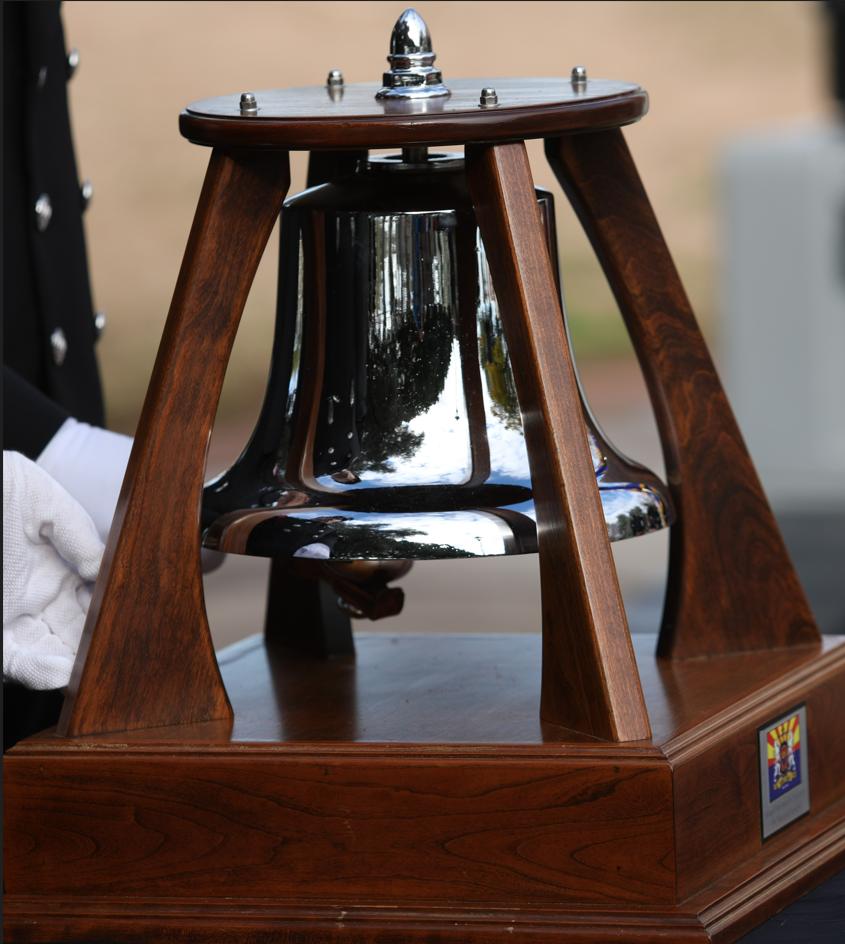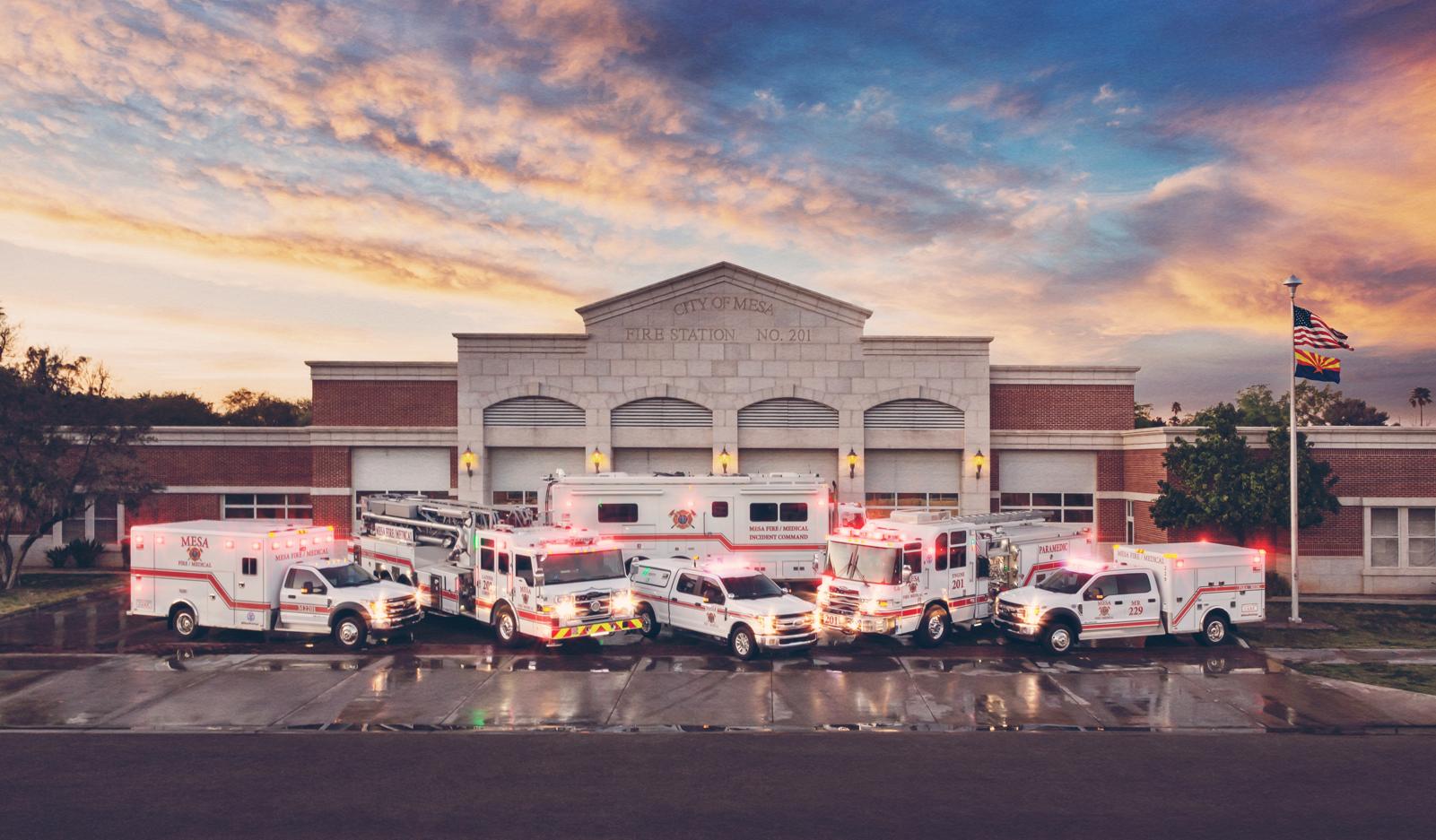MESA FIRE AND MEDICAL 125-Year Anniversary





The Mesa Fire and Medical Department is celebrating our 125th Anniversary in 2023 Many changes have taken place at MFMD since our founding in 1898 In the beginning, just a few men volunteered to protect the one square mile of the City of Mesa (Country Club to Mesa Drive/University to Broadway Roads). Today, our city spans 139 square miles, and we have 500 sworn firefighters - men and women - who respond to emergencies from 21 fire stations, with a 22nd station breaking ground this year
The role of our Fire Department has also expanded beyond just fighting fires Today, as an all-hazards department, we receive approximately 70,000 calls per year and respond to a wide range of emergency incidents Additionally, we provide emergency medical response and transport services, operate a regional 9-1-1 fire dispatch center, deliver home safety and fire prevention education programs, conduct building inspections and fire investigations, and much more

Mesa was settled in 1878 and incorporated as a town in July 1883 The community’s first major fire occurred on October 21, 1898 Following this incident, on November 1, 1898, the City Council appointed Mayor D. LeBaron as Fire Warden and proposed new fire ordinances that included a ban on wooden buildings and bonfires. This was the start of the Mesa Fire Department
As Mesa has grown, more resources have been needed to protect the growing community Over the past 125 years the department has expanded exponentially to add stations, firefighters, equipment, and services Our department officially began providing emergency medical services in 1976 when our first paramedic rescue unit went into service. Other services were also added as the need became clear, including HazMat and Technical Rescue teams to support more complex calls, and Aircraft Rescue and Firefighting at Williams Gateway and Falcon Field airports We have also seen great advancement in technology and innovation: from computerizing data and business operations in the late 1980’s, to evolving fire suppression tactics and advancements in protective gear, apparatus, and other equipment
Today, our full-service, all-hazards response model allows our organization to provide the highest level of emergency medical care, fire suppression, rescue, and emergency transportation to the residents of Mesa Our fire and rescue operations are based on state-ofthe-industry training and education, focusing on minimizing life and property loss and firefighter safety We operate special teams for Hazardous Materials (HazMat), Technical Rescues (TRT), Aircraft Rescue and Firefighting (ARFF), Wildland; and are proud to be a member of the largest regional automatic aide response system in the nation. Additionally, our Fire Prevention and Community Outreach divisions directly support suppression efforts through inspection and education programs designed to prevent fires and other dangers before they occur
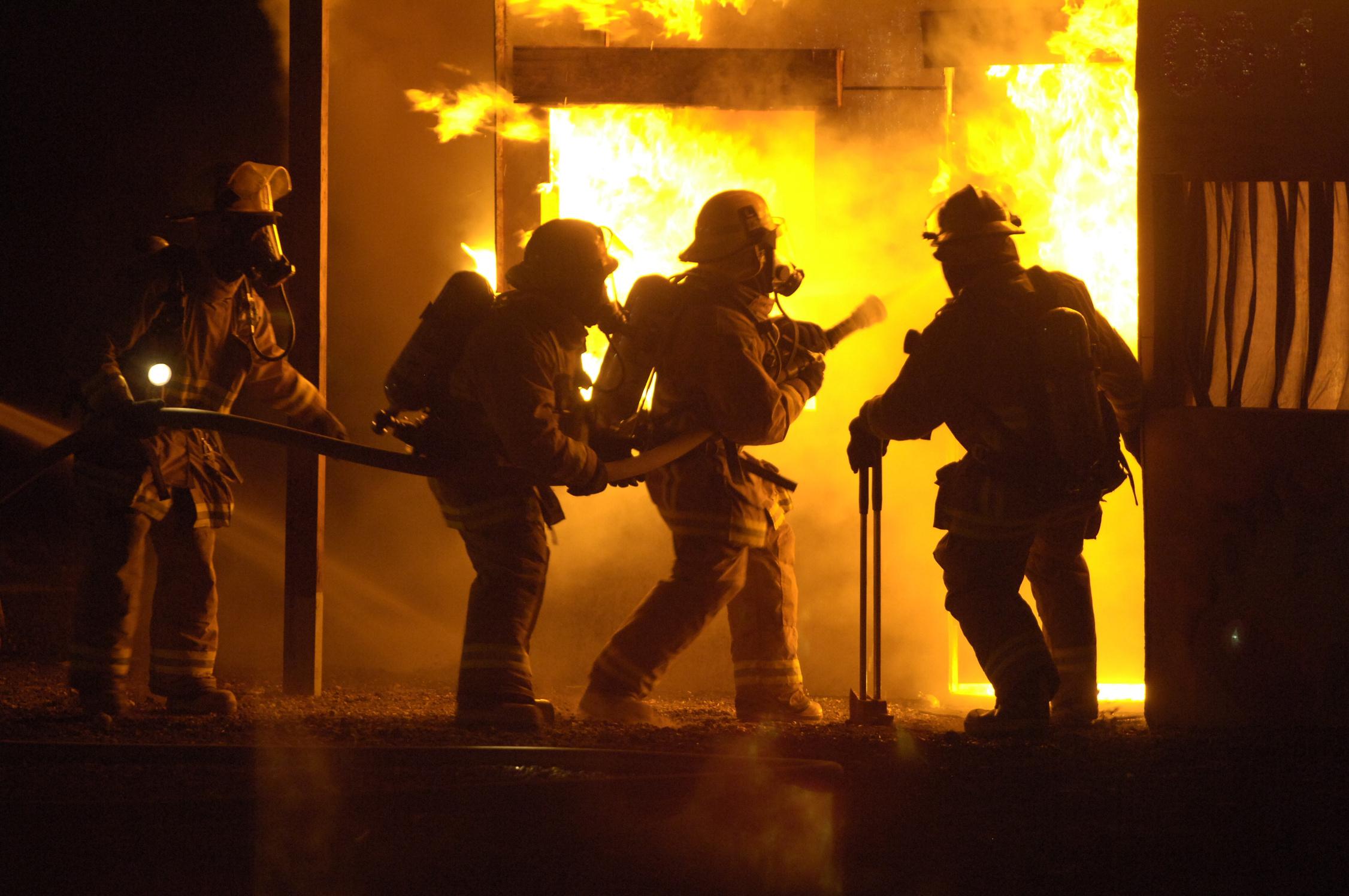
1898
Mesa's first big fire occurred, burning an entire block of stores on the south side of Main Street A volunteer fire department was organized shortly after.
Population 740 1 square mile
1919
The department's first motorized Fire Engine was acquired, replacing the horse-drawn wagon It was a 6 cylinder, 500 gpm, Seagrave Triple Combination Fire Truck purchased used from Phoenix Fire.
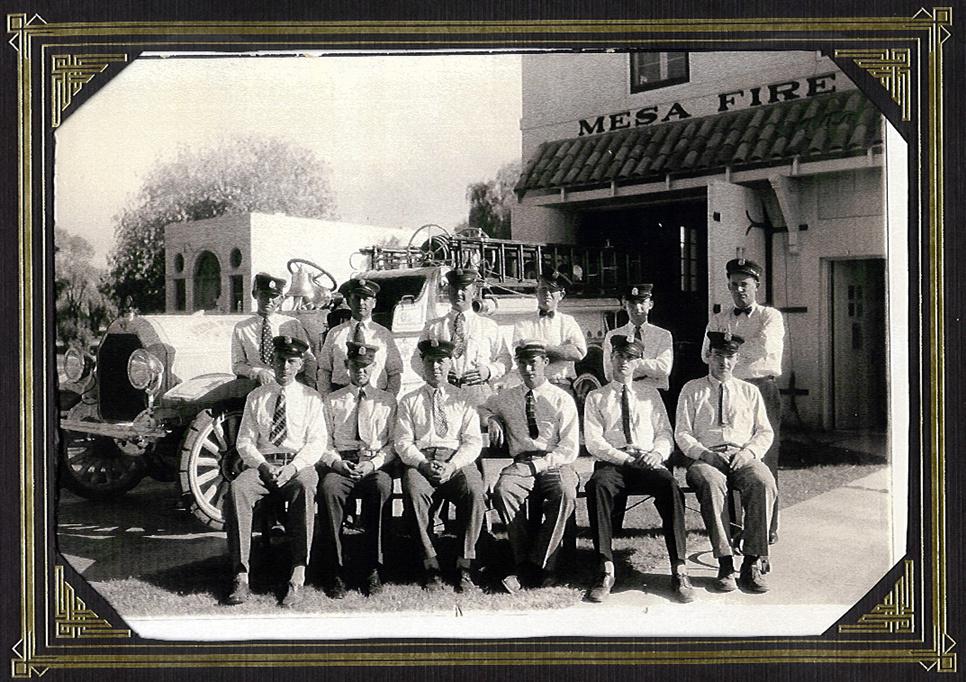
1920

1921
The town paid volunteers $100 per call and paid for 2 drills per month.
 Station 1 built - 45 N MacDonald
Station 1 built - 45 N MacDonald
1940
Population 7,224
2.35 square miles
1950
Station 2
1105 E Second Ave
1957
Fire stations 2 and 3 built
Station 3 1340 W University Dr
NMesa grew slowly until after the Second World War In 1950, the city was just over six square miles in area, had 1 traffic light, and had a population of almost 17,000. By now, the department had six firefighters and answered approximately 200 calls per year
1958
The telephone number for reporting fires was WO 4-3333 and WO 4-5603 for non-fire calls All calls were answered by a firefighter at the N MacDonald fire station Dispatch wouldn't move to its own location until 1975


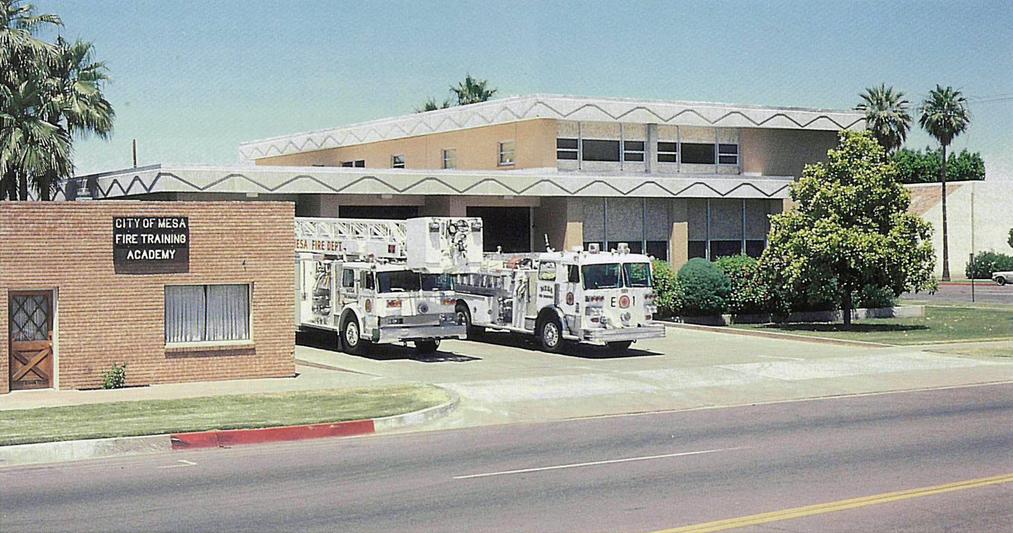

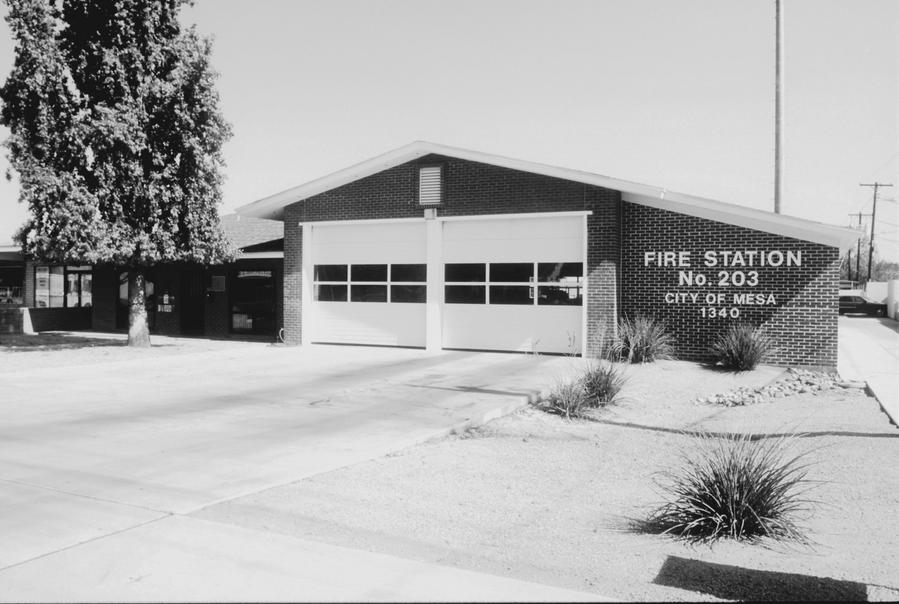

1960
Population 33,772
1490 square miles
43 members in department
1963
Station 1 and Training Academy built at 13 W First St (Moved from N MacDonald)
1969
Fire Prevention office opened Jack Brimhall, Fire Marshall and Murray Hardy, Fire Inspector both completed fire investigations
1970
Station 4 built - 1311 S Alma School Rd
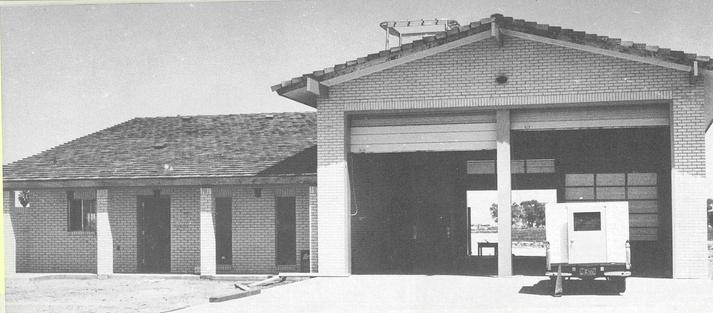
Approx cost, $114,000
1976
Work uniforms changed from white coveralls to blue work uniform
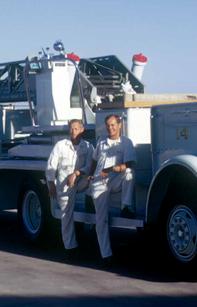
First Fire Paramedics added - one per shift assigned to the rescue unit The first dispatch for the medic was on June 22, 1976


The first department EMS Coordinator was added (Ed Matteson), marking the beginning of the EMS Division
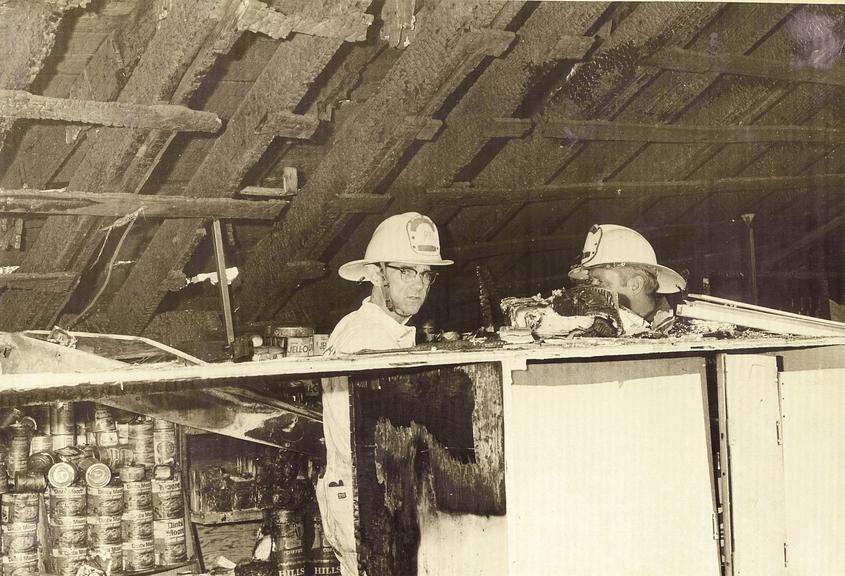
1979
Battalion 2 added. B1 and B2 were divided by Stapley Drive

1982
Implementation of Incident Command System to support interagency emergency communication
1980
Population 152,453
66 square miles
150 members in department

Annual call volume: 8,500
1983
The first female firefighters, Mary Damiani and Gigi White, were hired July 25, 1983.
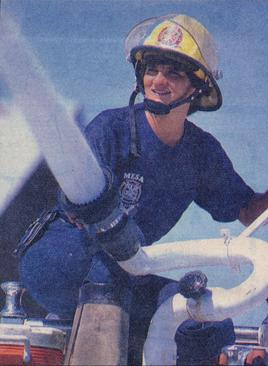

Beginning of ARFF support at Williams Field
Assumed full ARFF duties after the AFB closed and the airport opened in 1994
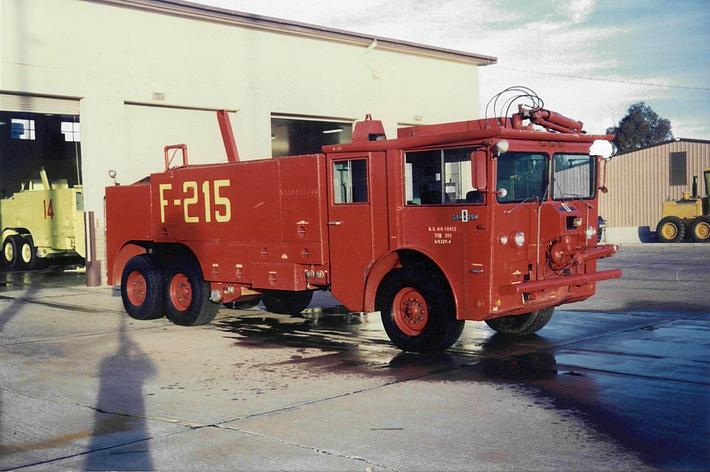

All business premise information was computerized by mid-1988

Adopted the valley wide numbering system 200 series: 200-229
Automatic Aid begins between Apache Junction, Gilbert, and Mesa
Battalion 3 added at Station 208 Gilbert Rd divided B1 from B2 & B3
Honor Guard formed - serving at ceremonial functions including funeral services and memorial events for fallen firefighters
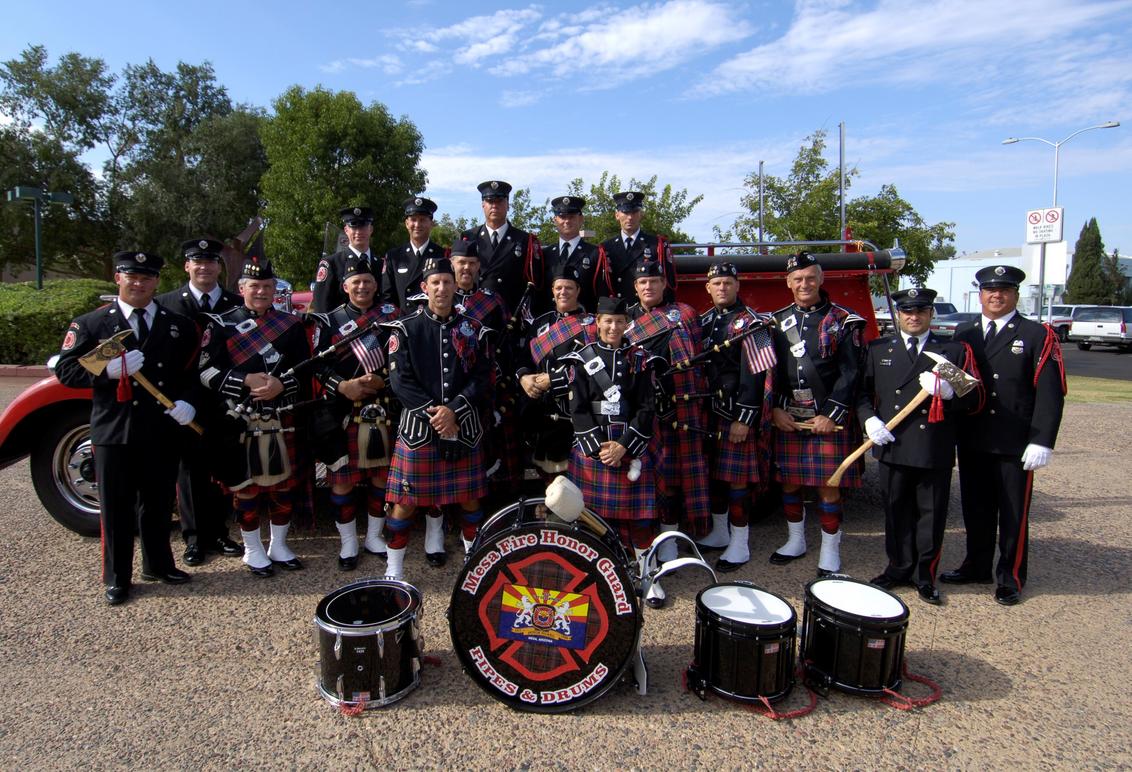
First "in-house" Medical Director (Dr Toni Brophy)

Prior to this, MFMD fell under the medical direction of Banner Baywood Medical Center (BBMC) and Banner Desert Medical Center (BDMC).
Paramedics were divided between the two facilities, depending on their last names; A-M was under BDMC and N-Z was under BBMC
Fire & Life Safety division (currently Community Outreach) formally formed with the goal to reduce preventable risks in the community through education and awareness campaigns designed to improve fire and personal safety The Connector Program was formed at the same time

1999
Computer Aided Dispatch (CAD) system including Automatic Vehicle Location (AVL) went into service
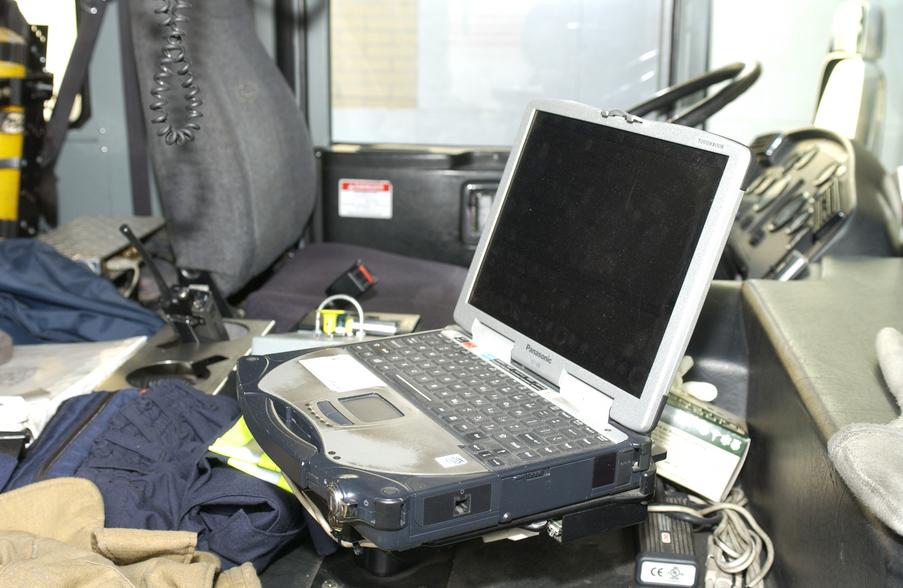
2000
Population 396,375
125 square miles
386 members in department
Annual call volume: 45,000
2001
Accredited by the Commission on Fire Accreditation International (CFAI). Currently reaccredited through 2027.
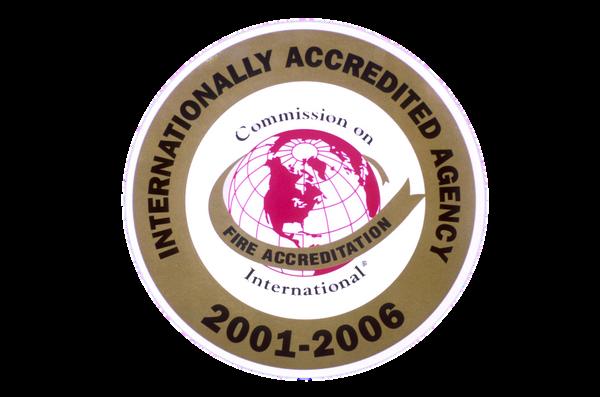

Metropolitan Medical Response System (MMRS) implemented to support effective response to mass casualty incidents
2003
Wildland Team established as a resource for Arizona and out-of-state deployments

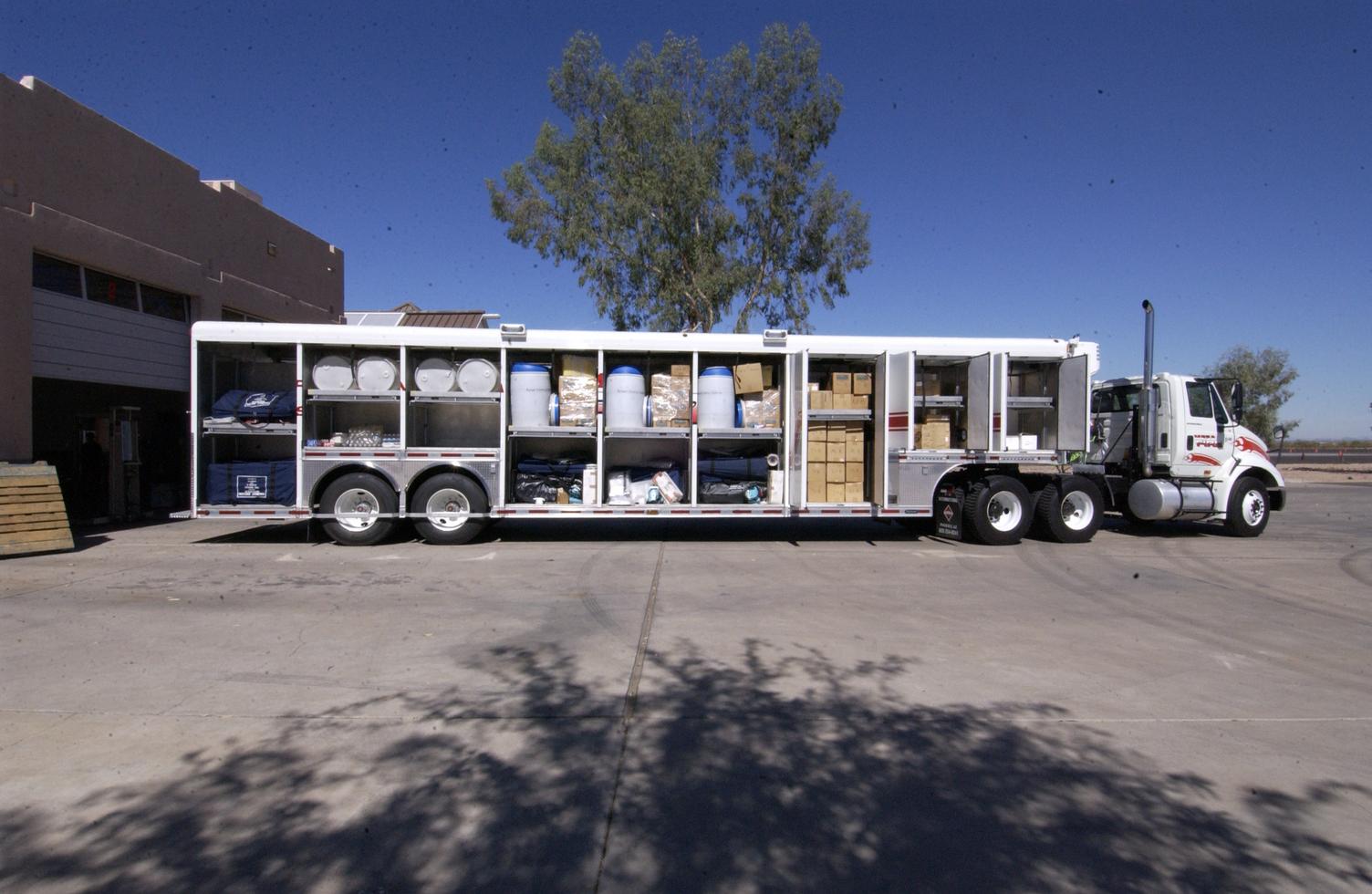
2003
Community Emergency Response Team (CERT) launched

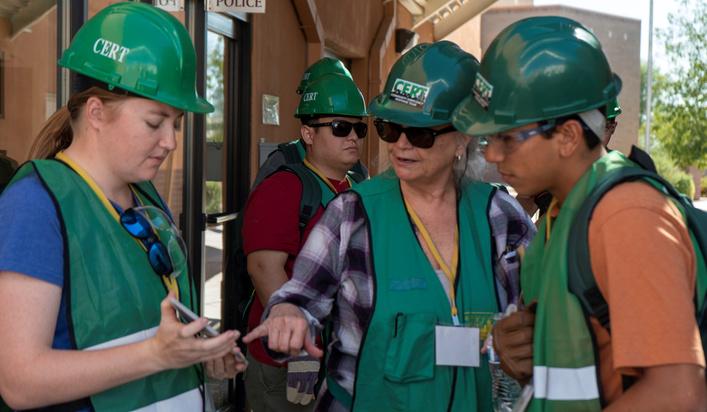
2005
Transitioned from VHF to 800 MHz Radio System supporting reliable communications over a greater distance
2005
Added 2 Squad Units to support a regional special team response model
2008
East Deputy position instated as part of a regional response for major incidents

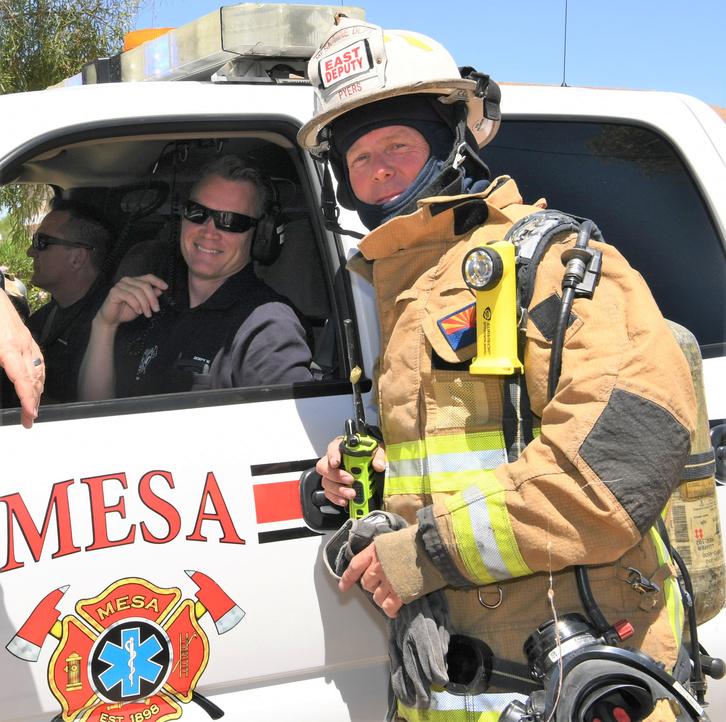
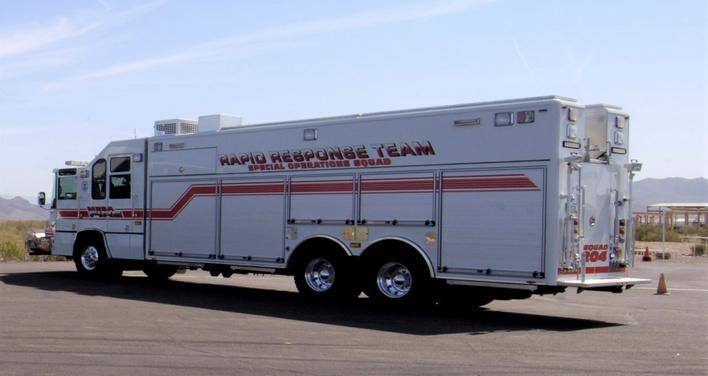
2010
Electronic Patient Care Reporting (ePCR) deployed replacing paper forms
The Mesa Regional Dispatcher Center (MRDC) became a secondary Public Safety Answering Point (PSAP) for the Maricopa Region on July 1, 2010 The MRDC dispatches for 5 local fire departments handling approximately 400 calls a day, and answering over 200,000 emergency and non-emergency calls a year Highly trained dispatchers efficiently gather call details and deploy the proper resources to all 9-1-1 calls for service.
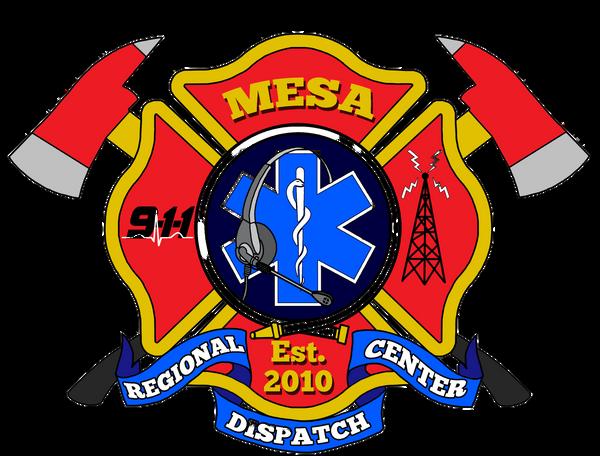
Name Change to add "Medical" becoming Mesa Fire and Medical Department



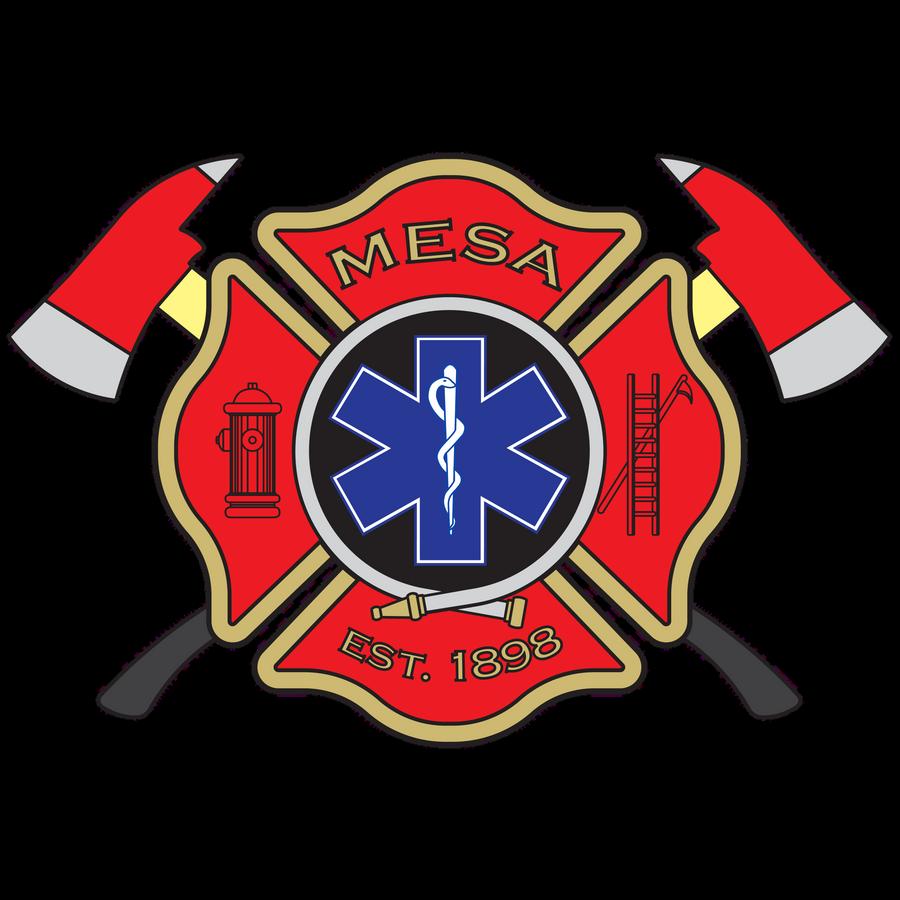
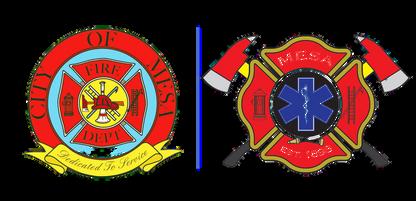
2018
In-house Ambulance Transportation Program started (first as pilot) - First MFMD ambo response 5/7/2018 7:56am
Received $12M grant awarded by Centers for Medicare Medicaid Services (CMS) (9/2014 - 8/2017) The Community Care Response initiative pilot program resulting from the grant provided enhanced 9-1-1 response for medical (NP/PA), mental health, and social services
Peer Support Team officially formed The team provides support and resources to members and their families as they navigate the stresses of work and life The team includes trained department members, professional staff, and even therapy dog Mouse; all of these resources are designed to aid our peers in a time of need
2020
Added Battalion 4
Carcinogen Reduction Protocol implemented in support of member health Measures include: washdown buckets, clean cabs, rehab improvements, targeted education, and enhanced cancer screenings

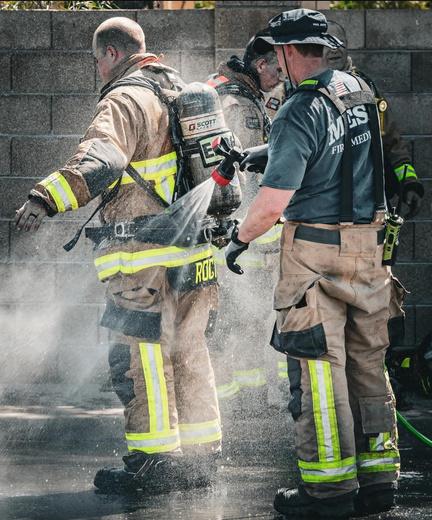
MFMD' quickly responded during the COVID-19 pandemic was front-line medical providers During this time we put our Emergency Management System into action, secured and managed PPE supplies, modified our response to patient care, and became a large-sale POD vaccination provider

Population 504,258
139 square miles
Annual call volume: 64, 338
2022
Samantha Auto Dispatching implemented to reduce response time
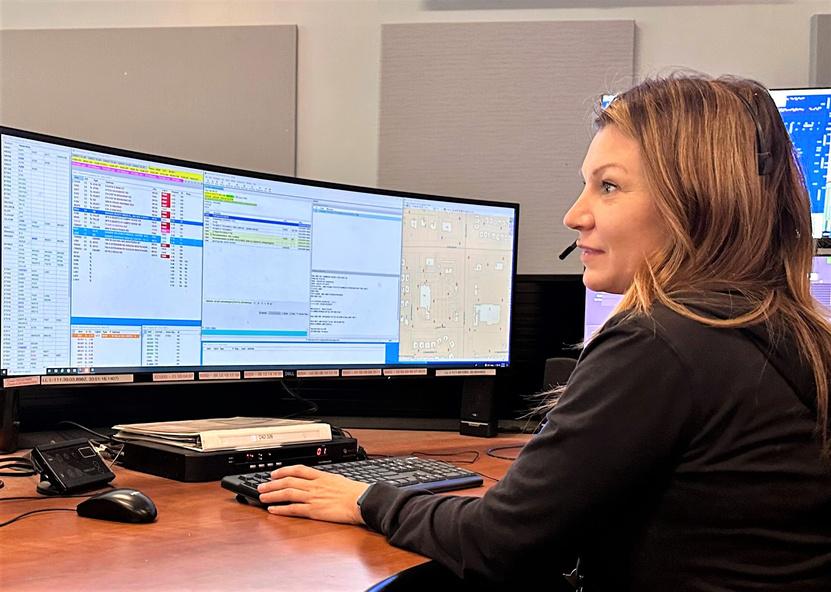



Orig Station 1 - 45 N MacDonald
Orig Station 2 - 1105 E 2nd Ave
Orig Station 3 - 1340 W University
Old Station 1 - 13 W 1st St
Orig Station 4 - 1311 N Alma School
Station 206 - 815 N Lindsay
Station 205 - 730 S Greenfield
Station 207 - 2505 S Dobson
Station 208 - 4530 E McKellips
Station 210 - 1502 S 24th St
Station 211 - 2130 N Horne
Station 204 - 1426 S Extension
Public Safety Training Facility


Station 209 - 7035 E Southern
Station 213 - 7816 E University
Station 214 - 5950 E Virginia
Station 215 - 5945 S Sossaman
Station 212 - 2430 S Ellsworth
Station 216 - 7966 E McDowell
Station 201 - 360 E 1st St
Station 202 - 830 S Stapley
Station 217 - 10434 E Baseline
Station 218 - 845 N Alma School

Station 219 - 3361 S Signal Butte
Station 220 - 32 S 58th St
MRDC/EOC - 708 W Baseline
Station 203 - 324 S Alma School
Station 221 - 9320 E Point Twenty-Two

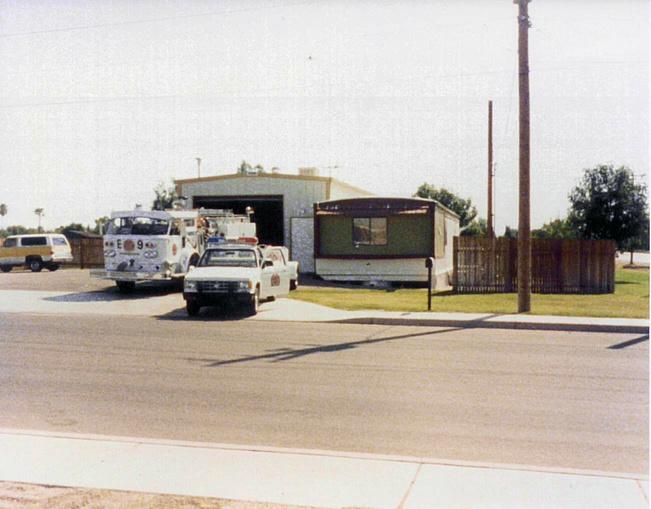



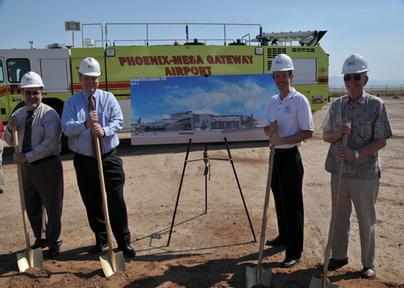



Since our founding in 1898, nine Mesa firefighters have made the ultimate sacrifice in the service of our community. Each of these have been designated as a Line-of-Duty Death, recognized by their fellow Mesa Firefighters, The Mesa Fire and Medical Department, the City of Mesa, IAFF Local 2260, the State of Arizona, Arizona Professional Firefighters, and the International Association of Fire Fighters These heroic firefighters completed their last and final call and will forever watch over their fire department brothers and sisters Their memories will live on in the hearts of those they so faithfully served and by the families they left behind
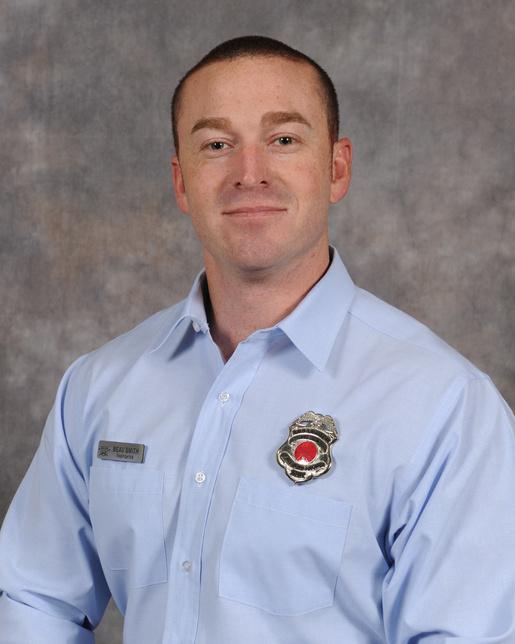
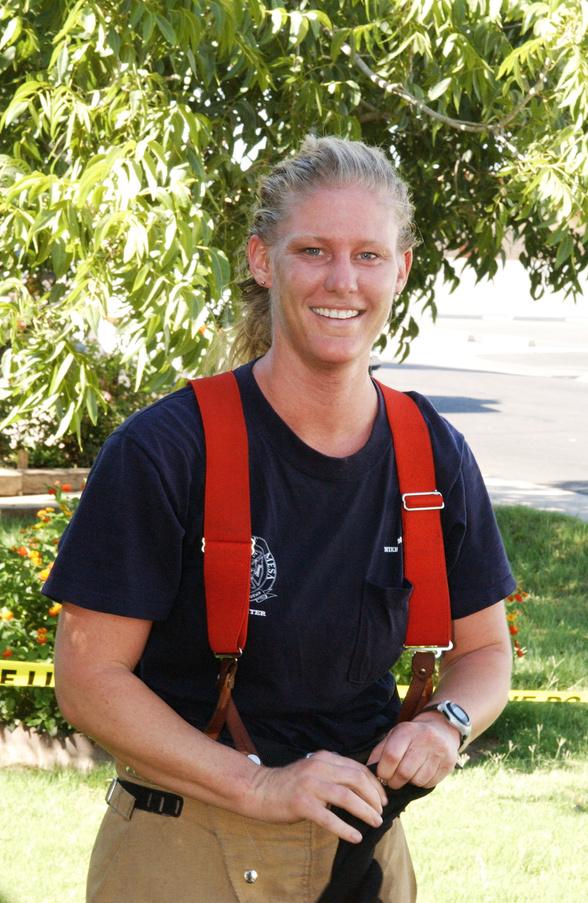


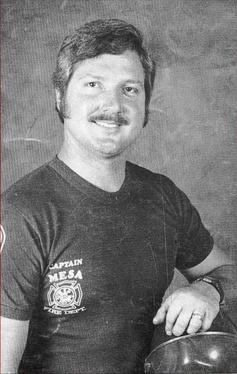
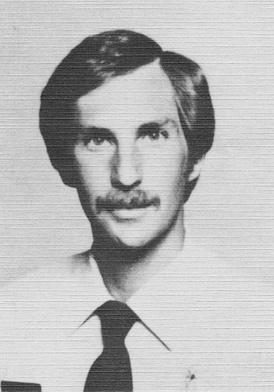
 John Owens 2-1947
Winston West 2-1947
Jack Stevens 6-30-1986
Gary Peters 9-29-1987
Carl Shoemaker 2-12-2001
John Delaney 11-20-2008
John Jayne 7-27-2014
Nikki Sullivan 4-15-2019
Trevor Madrid 11-14-2021
John Owens 2-1947
Winston West 2-1947
Jack Stevens 6-30-1986
Gary Peters 9-29-1987
Carl Shoemaker 2-12-2001
John Delaney 11-20-2008
John Jayne 7-27-2014
Nikki Sullivan 4-15-2019
Trevor Madrid 11-14-2021
When I am called to duty, God wherever flames may rage, give me strength to save a life, whatever be its age. Help me to embrace a little child before it's too late, or save an older person from the horror of that fate. Enable me to be alert to hear the weakest shout, and quickly and efficiently to put the fire out
I want to fill my calling and to give the best in me, to guard my neighbor and protect his property And if according to your will I have to lose my life, bless with your protecting hand my loving family from strife.
